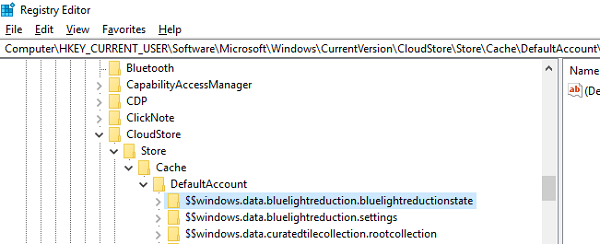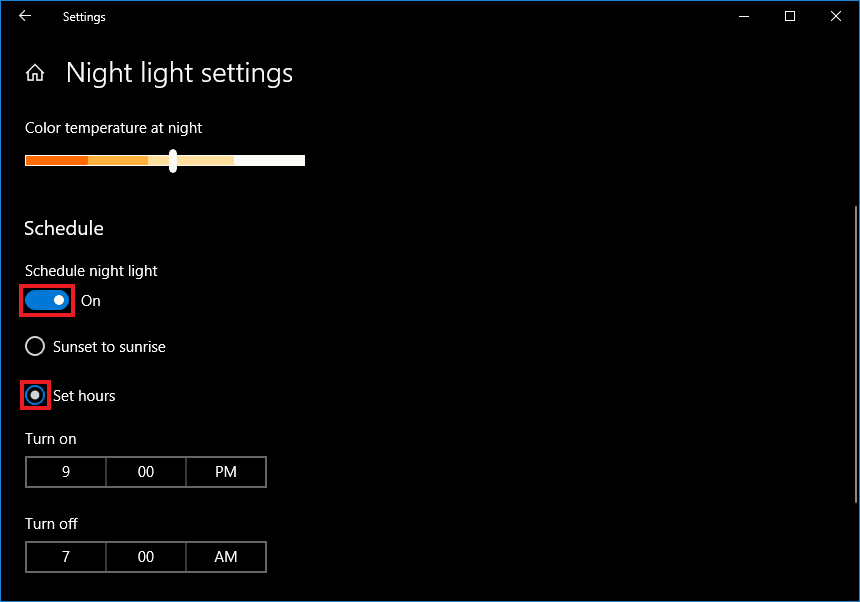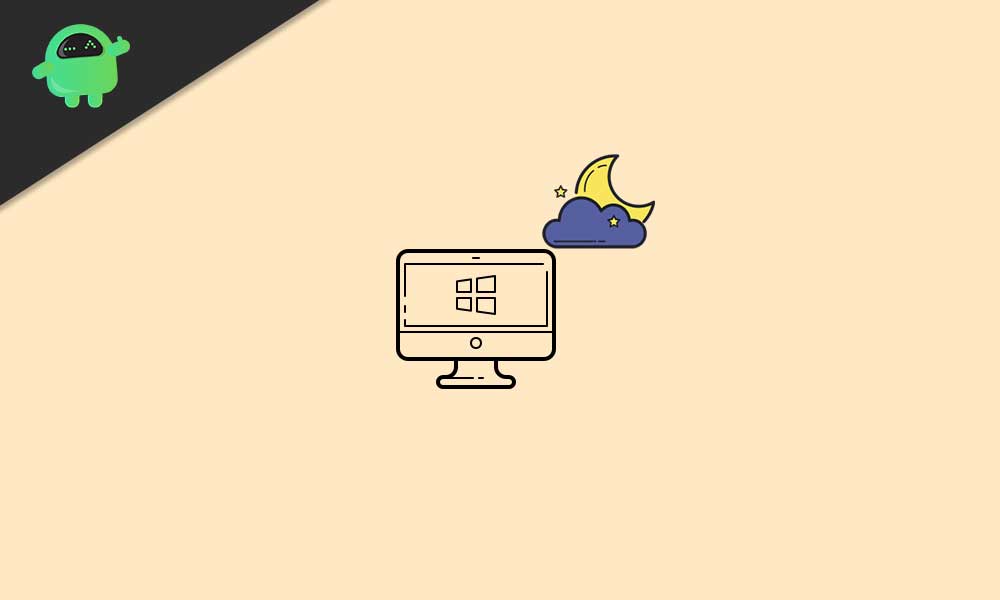

(I haven't tried killing the gfx driver to force it to restart. Usually it starts working again if I sleep the machine and resume it. F.lux and Windows Nightlight sometimes stop working after my monitor goes to sleep and then wakes up (because I have the Dell Monitor Manager set to power off the monitor if the screen saver kicks in). I have a Dell U3417W monitor with a DP cable on Windows (18362.356). To start, click on the Notifications icon and then click on the option “All Settings.” Alternatively, you can also use the keyboard shortcut “Win + I” to open the Settings app.I'm using the 19.8.2 driver with an RX Vega 64 8G card.

Enable Night Light in Windows 10Įnabling and configuring the Night Light feature in Windows 10 is easy and straightforward. To deal with this, much like F.lux, Night Light changes the color temperature of your screen to reduce strain and allows you to sleep better. When using the desktop or laptop at nighttime, the blue light emitting from the screen disrupts our internal body clock and reduces the sleep hormone called “melatonin.” This strains your eyes and causes sleeplessness and other eye-related problems. This bright blue light imitates the bright yet cool blue light from the Sun. Generally, our monitors or screens emit blue light.


Why Use the Night Light Feature in Windows 10? Note: to use this feature you need to have the Creators Update installed. In the new Windows 10 creators update Microsoft introduces this exact feature with the name “Night Light.” In this article we’ll show you how to enable and use the Night Light feature in Windows 10. Earlier we showed you a simple and free application called F.lux that changes the color temperature of your computer screen to reduce eye strain.


 0 kommentar(er)
0 kommentar(er)
